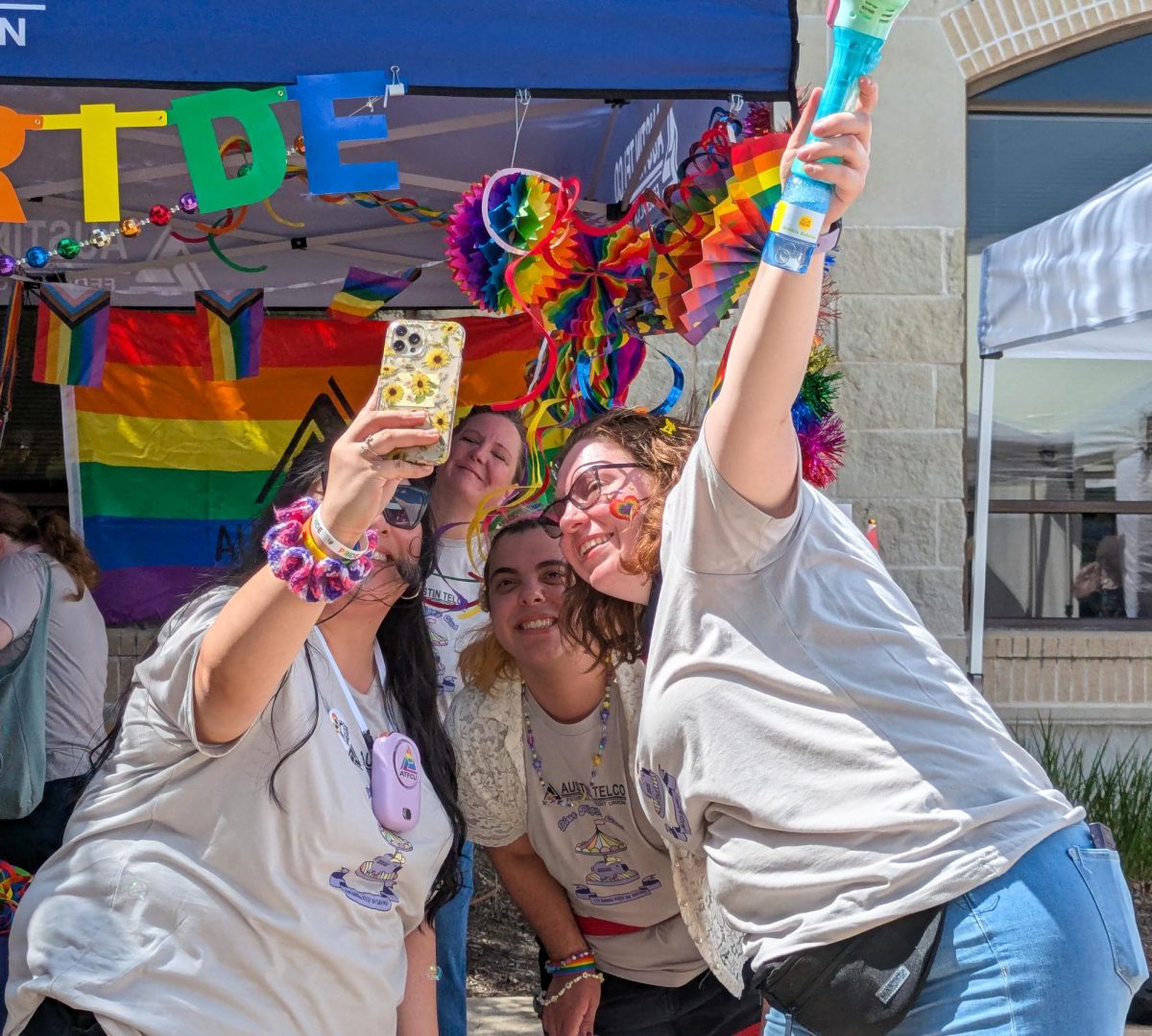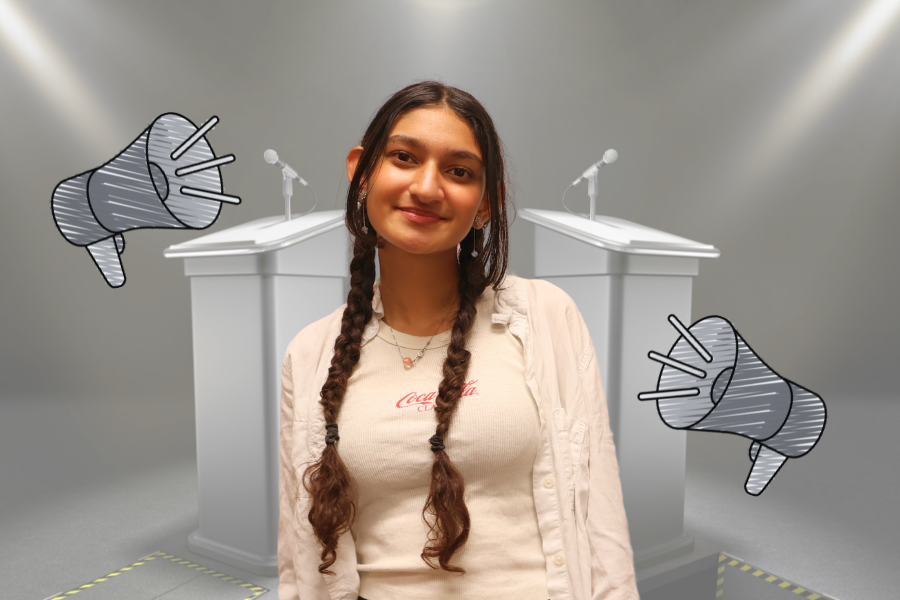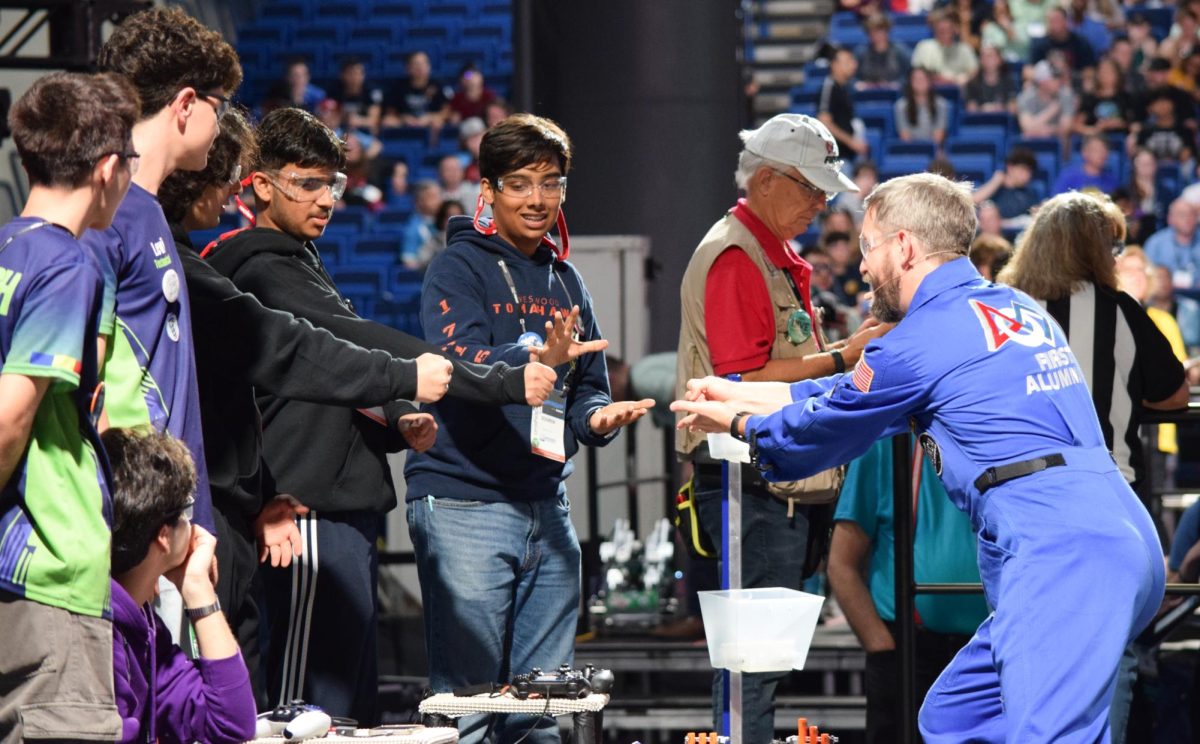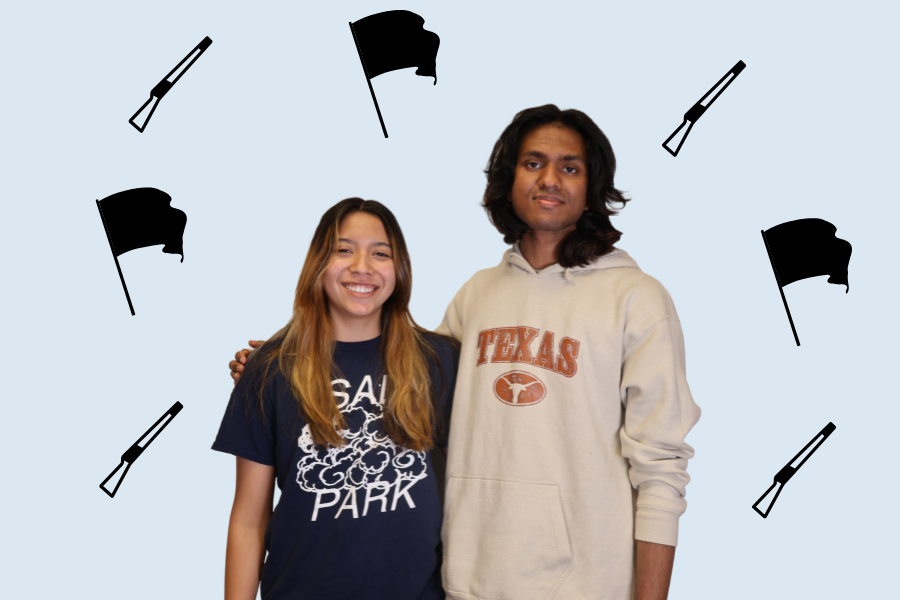To begin their year, Anatomy & Dissection Club met on Friday, Oct. 25 in biology teacher Mr. Eric Scheiber’s room for a cow eye dissection. As one of the more simple dissections, the cow eye exploration let club members practice using tools at their own pace to get a sense of how quickly they can work by themselves or with partners.
“We gradually build up in development and complexity, so by the end of the year, we’re dissecting whole specimens,” Mr. Scheiber said. “We’ve done everything from minks to cats to pigs. We have ideas [for our complex dissection], but we’ve not decided on which ones yet. We try not to repeat every year because some people are in this club for three or four years, so we try to change it up based on the previous year’s selection.”
Those participating in the dissection used tools such as scissors and scalpels to dissect their cow eyes and observe the contents within.
“When we cut open the eyeball, we were able to see the tapetum, which was interesting because it was very colorful and bright,” Deborah Gutierrez ‘25 said. “We were also able to see the aqueous humor.”
Following slideshow instructions, club members began the dissection by cutting away the fat and muscle tissue to observe the muscles attached to the sclera and optic nerve. Next, they made an incision into the cornea, releasing a clear liquid mixed with protein as the anterior and posterior features of the specimen were revealed. Finally, they removed some of the cow eye’s components – such as the iris and lens – to study them individually.
“I found it really surprising that all the vitreous humor was like jelly, because I thought it would spill out, but it was kind of just holding in place,” Anatomy & Dissection Club Secretary Niranjana Prem ‘25 said. “I also really liked the lens, because we got to hold it up against some letters and saw how it kind of expanded the letters.”
While the structure of the dissections hasn’t changed much from previous years, Anatomy & Dissection Club President Mishree Narasaiah ‘25 says that membership has grown exponentially, doubling from last year, as a result of increased interest and marketing. As a result, club officers intend to hold more dissections this year using the increased dues.
“I think that [club expansion] has really gotten us to a good level where [the club] can make an impact on campus and have the effect it should,” Narasaiah said. “We’re going to be doing frogs and pigeons and iguanas later this year, so it’s going to be really interesting that so many people get to explore this kind of thing [that] that they don’t really get to [explore] in class.”
However, the club officers still need to manage their funds by ordering exactly as many specimens as they need to avoid potential leftovers for future years.
“Prices have gone up every year on everything from gloves to tools to specimens,” Mr. Scheiber said. “We’re in a time — especially in public education — where funding is an issue. We try to order as close to the correct amount [of specimens] as we can for people who sign up [to attend] those days.”
Anatomy & Dissection Club will meet next on Friday, Nov. 15 to dissect frogs.

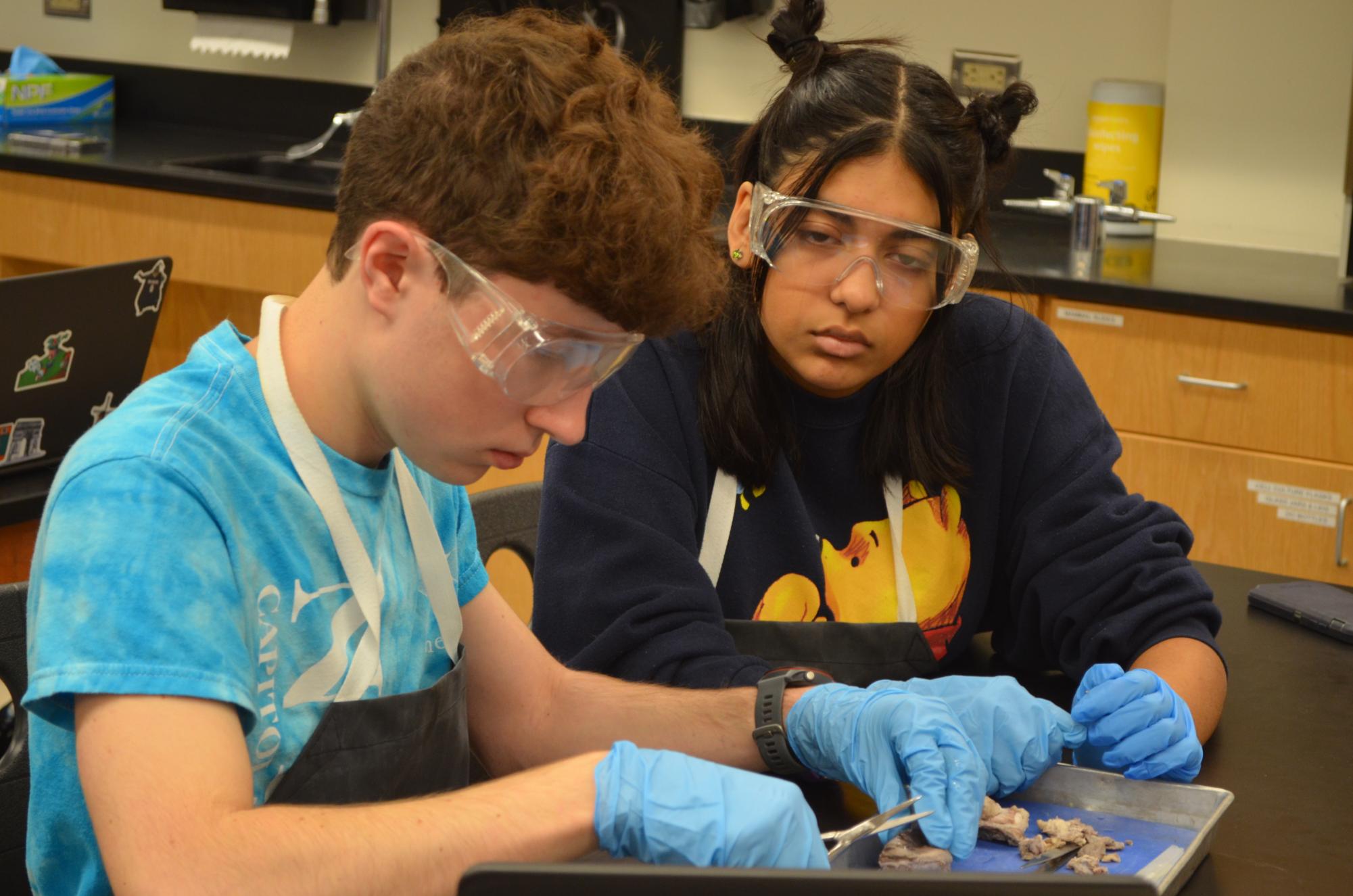
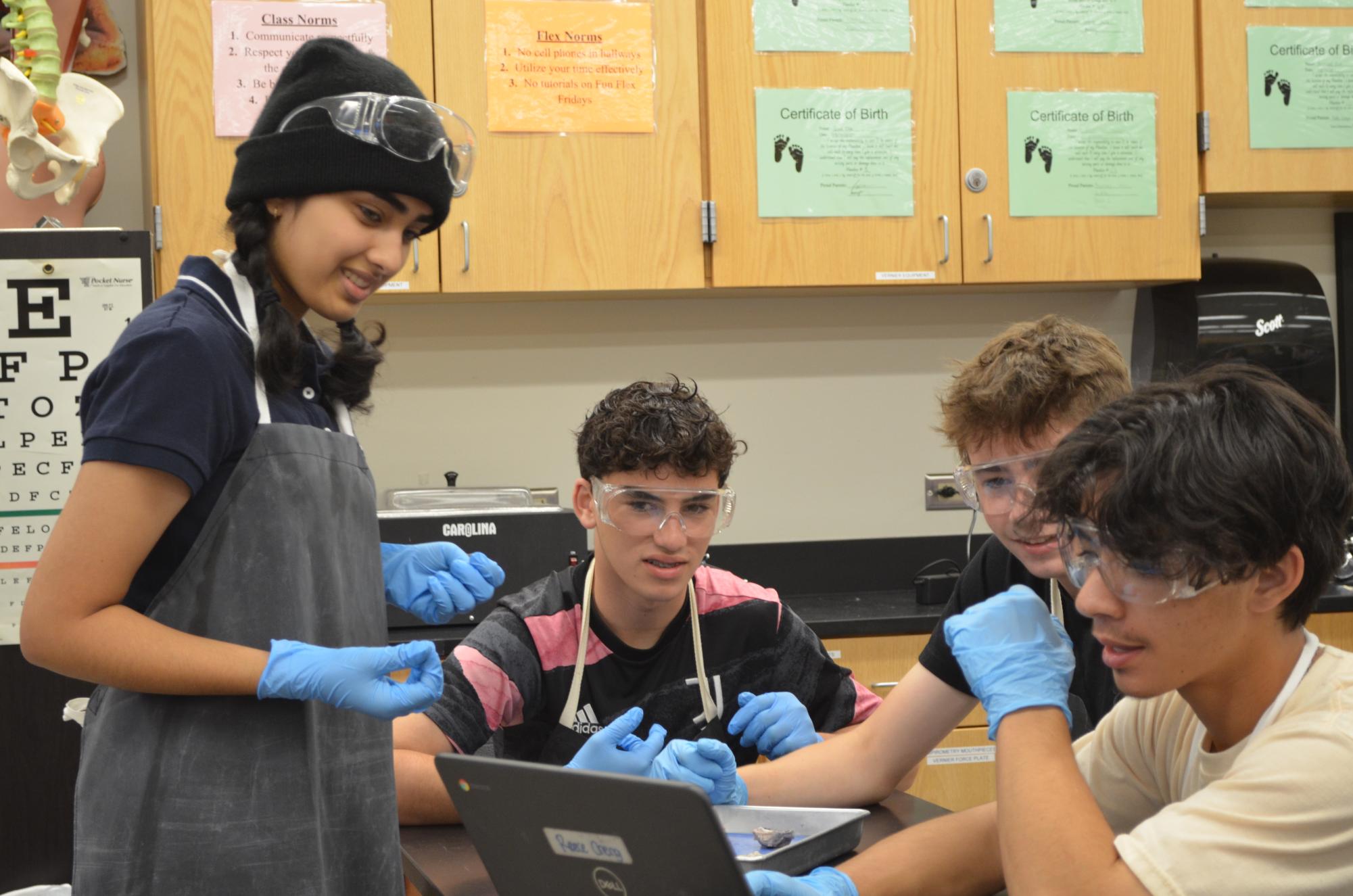
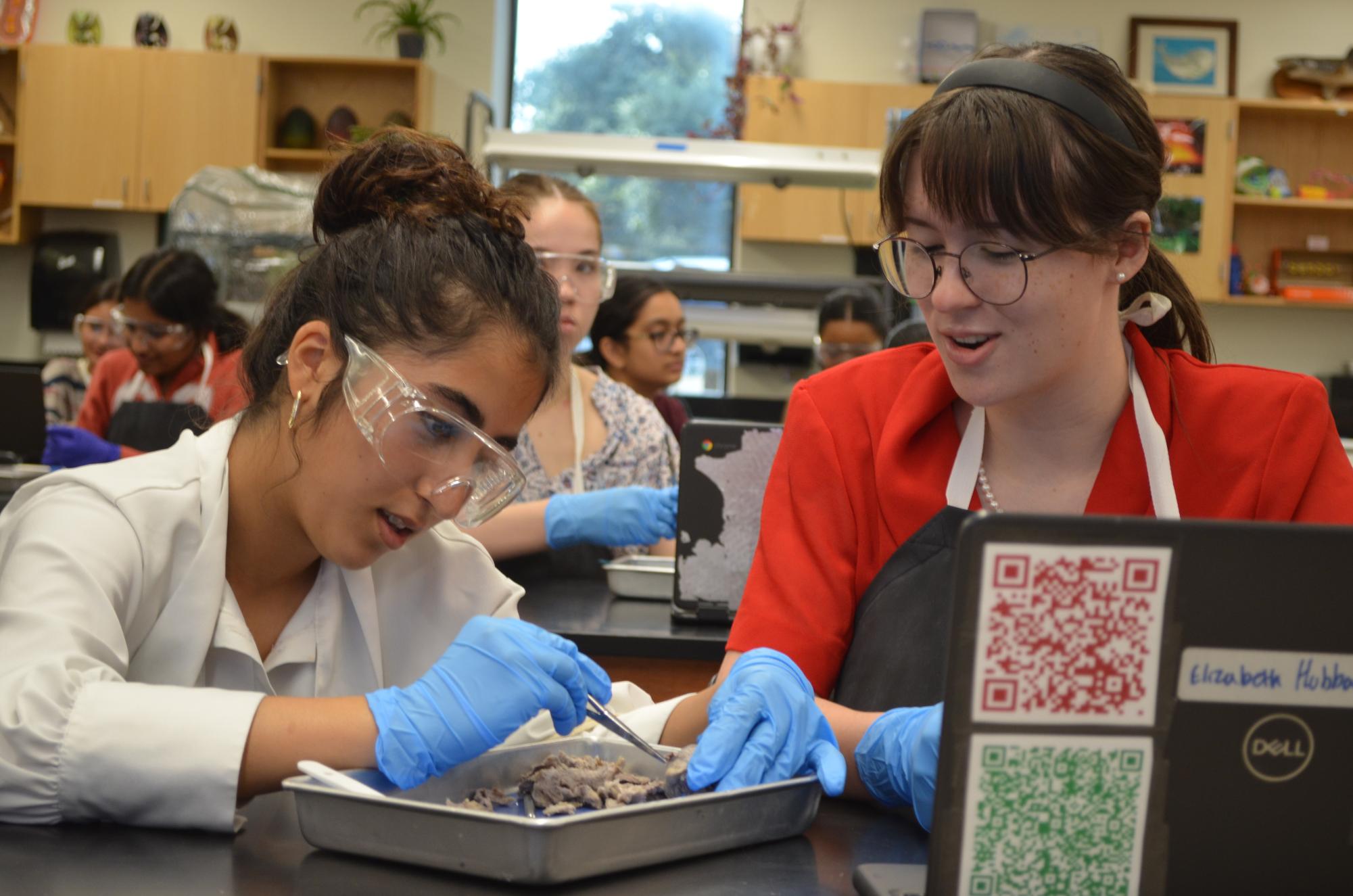
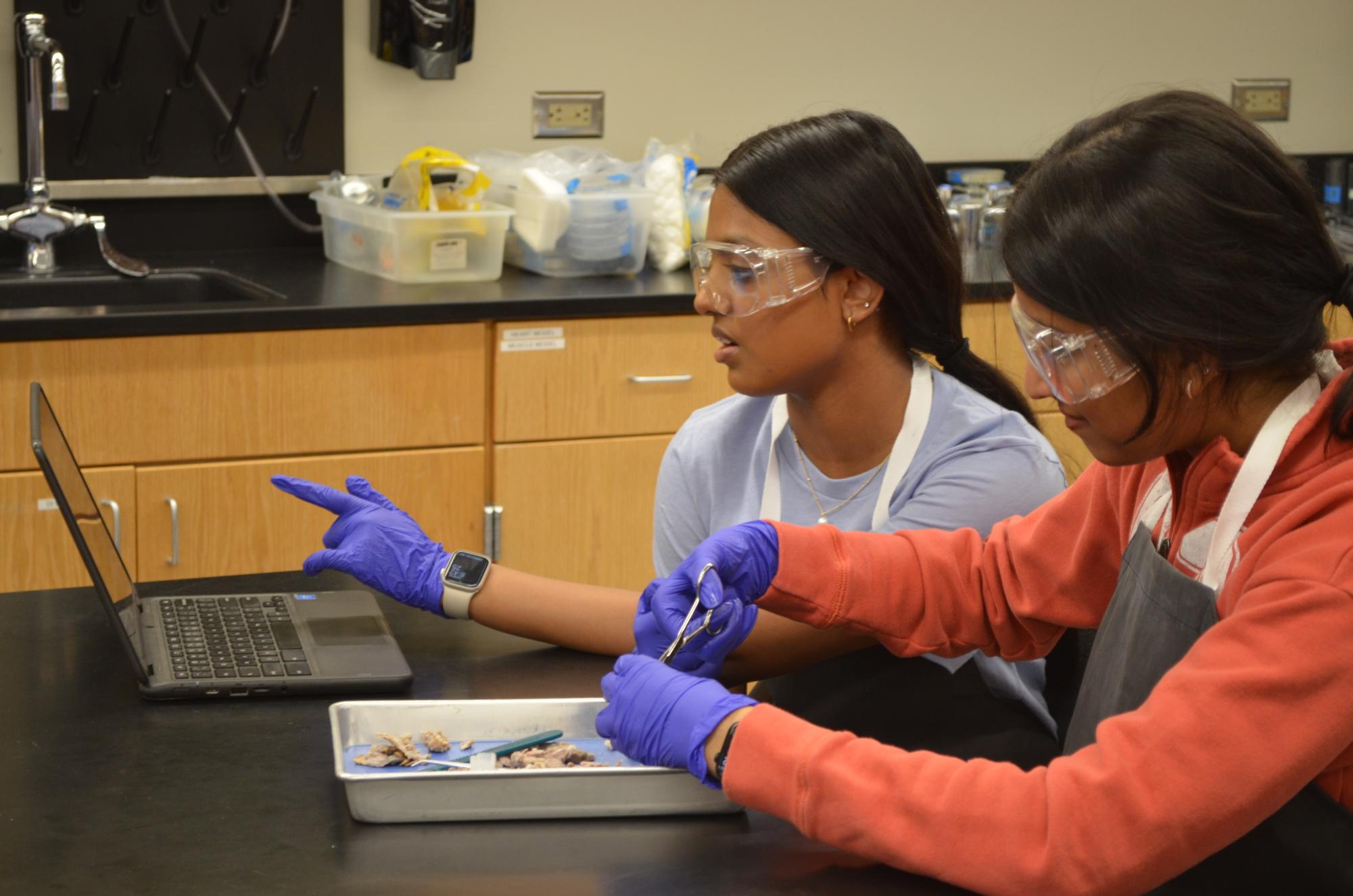
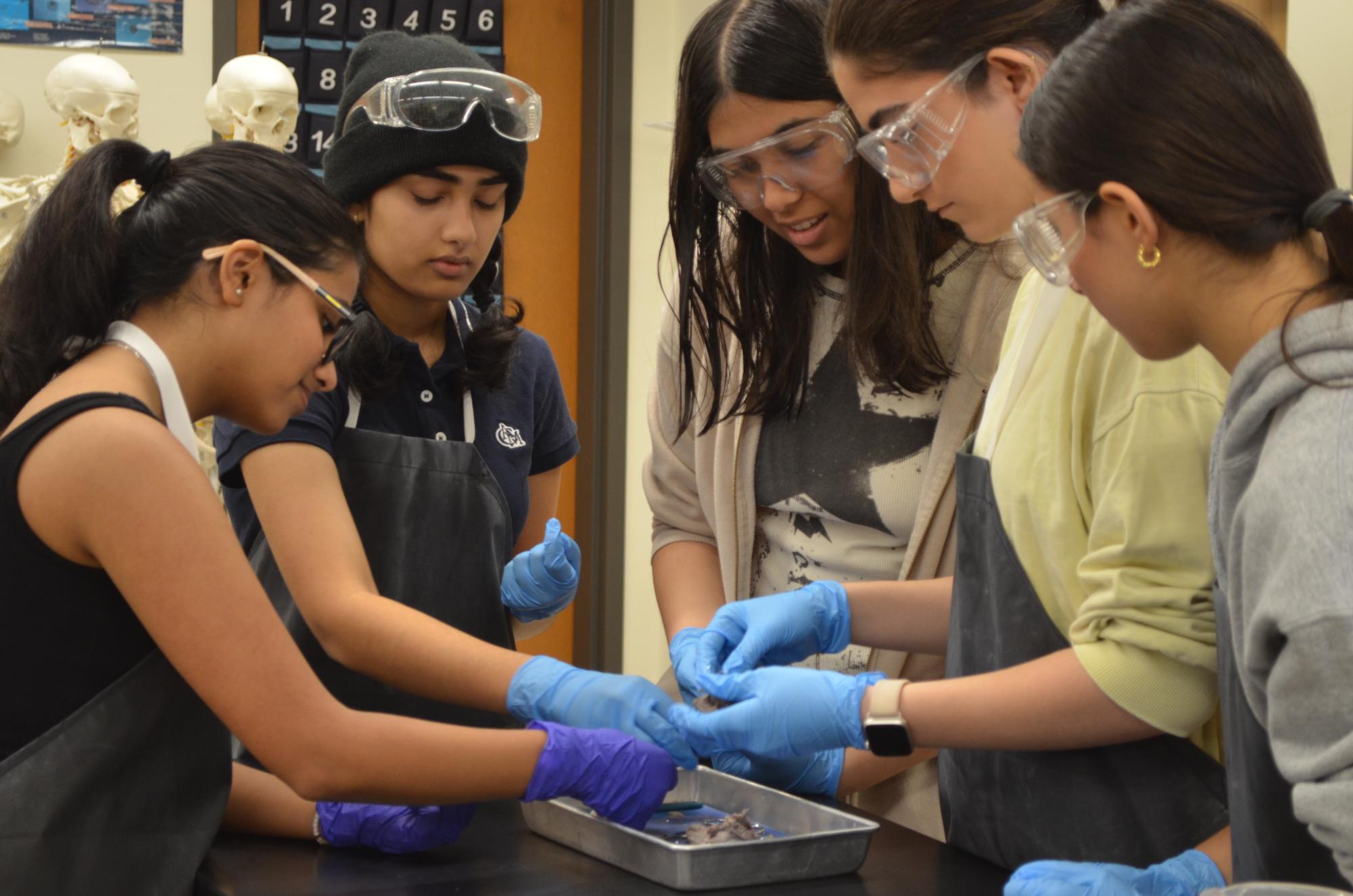
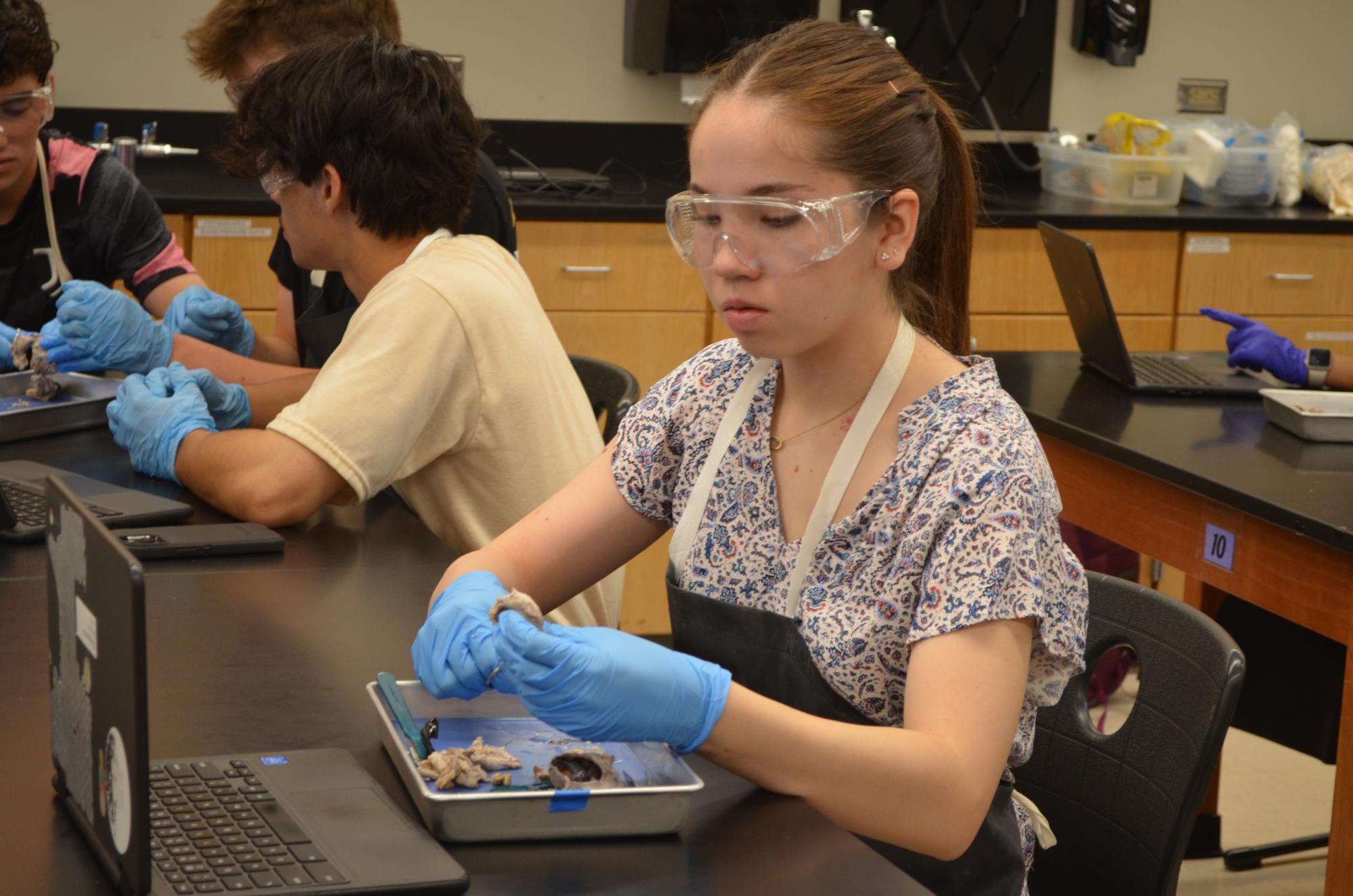
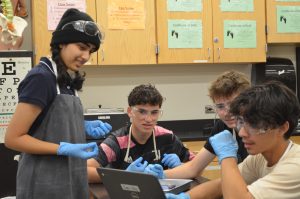
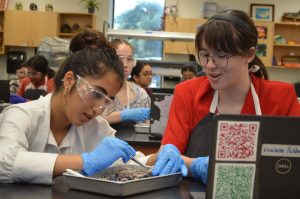
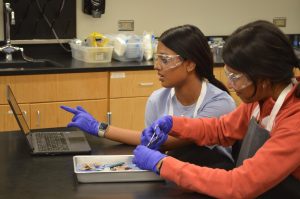
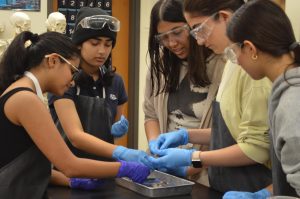
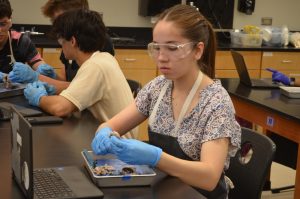
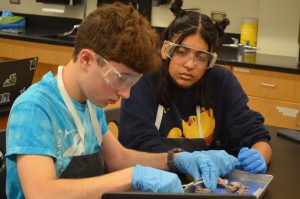
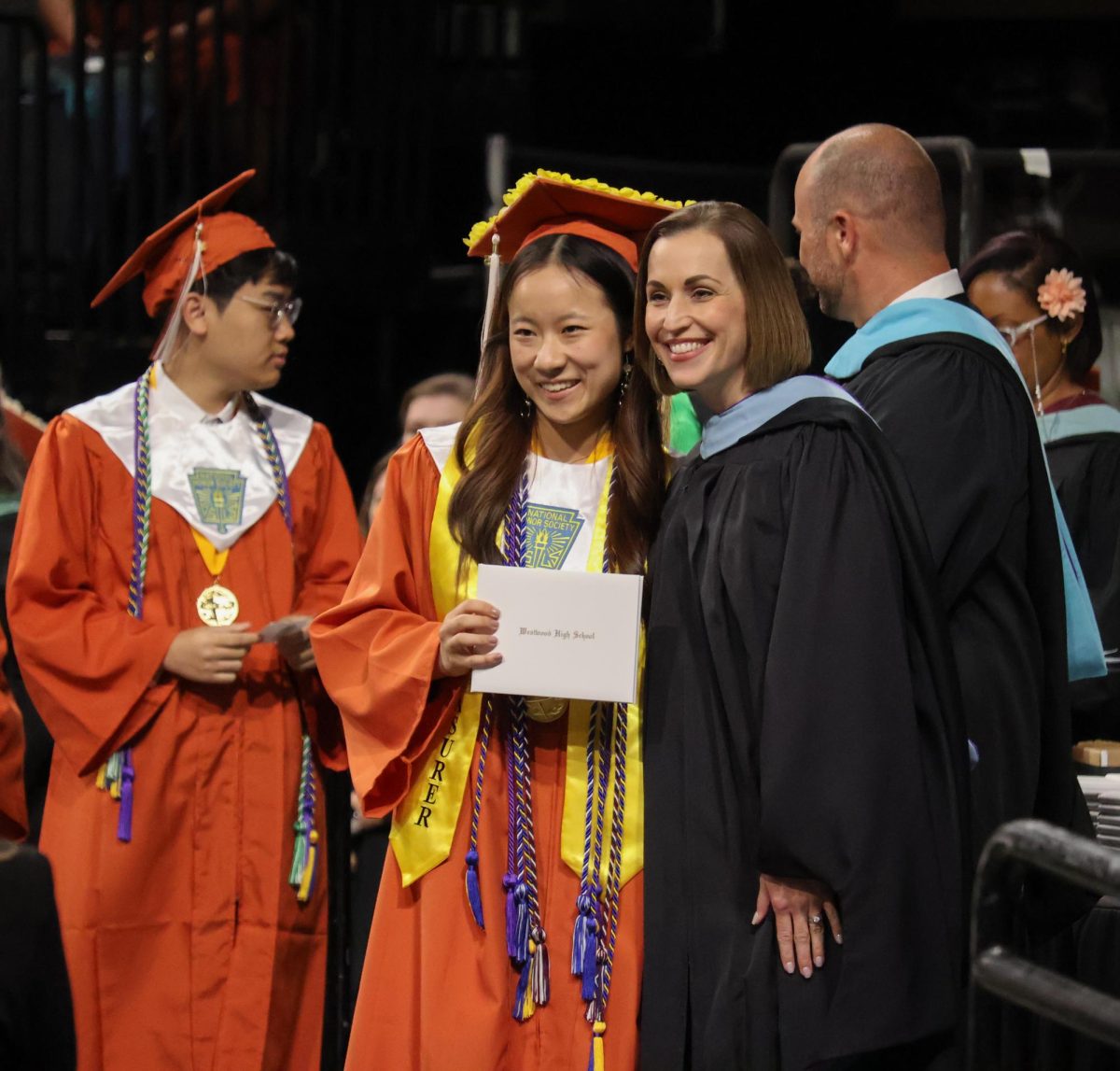
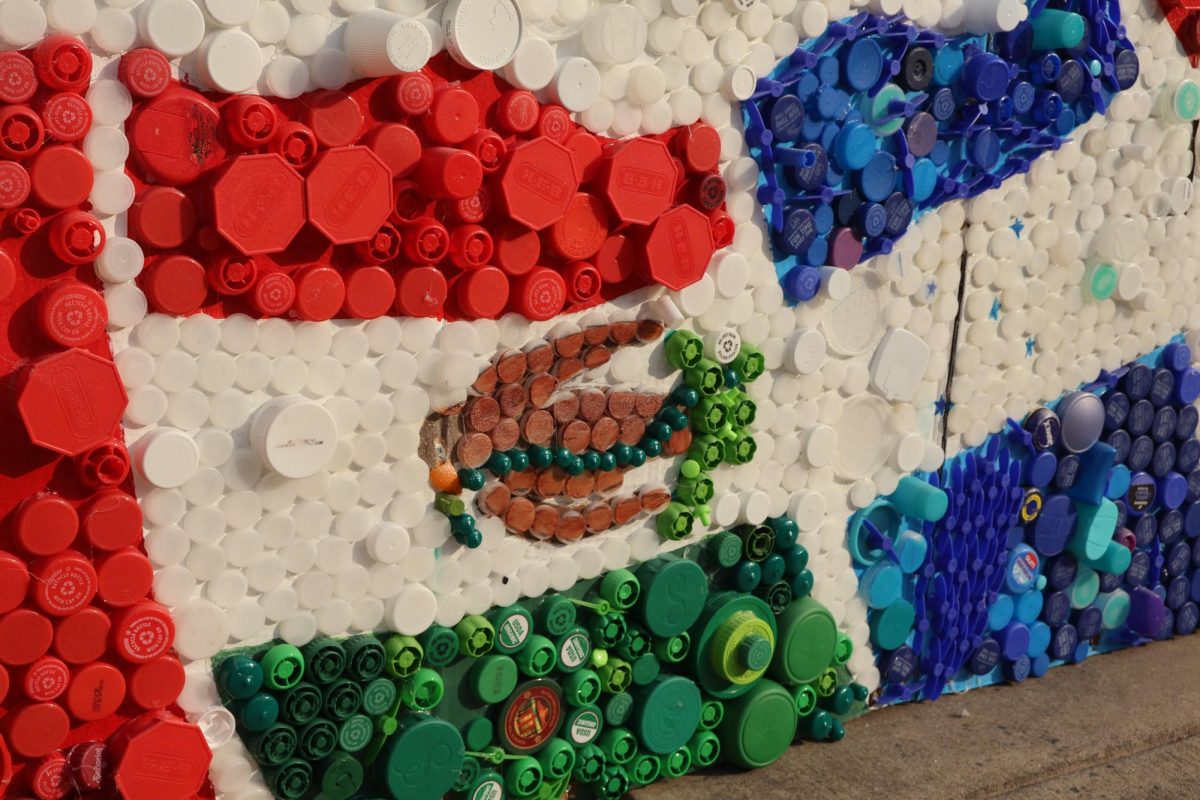

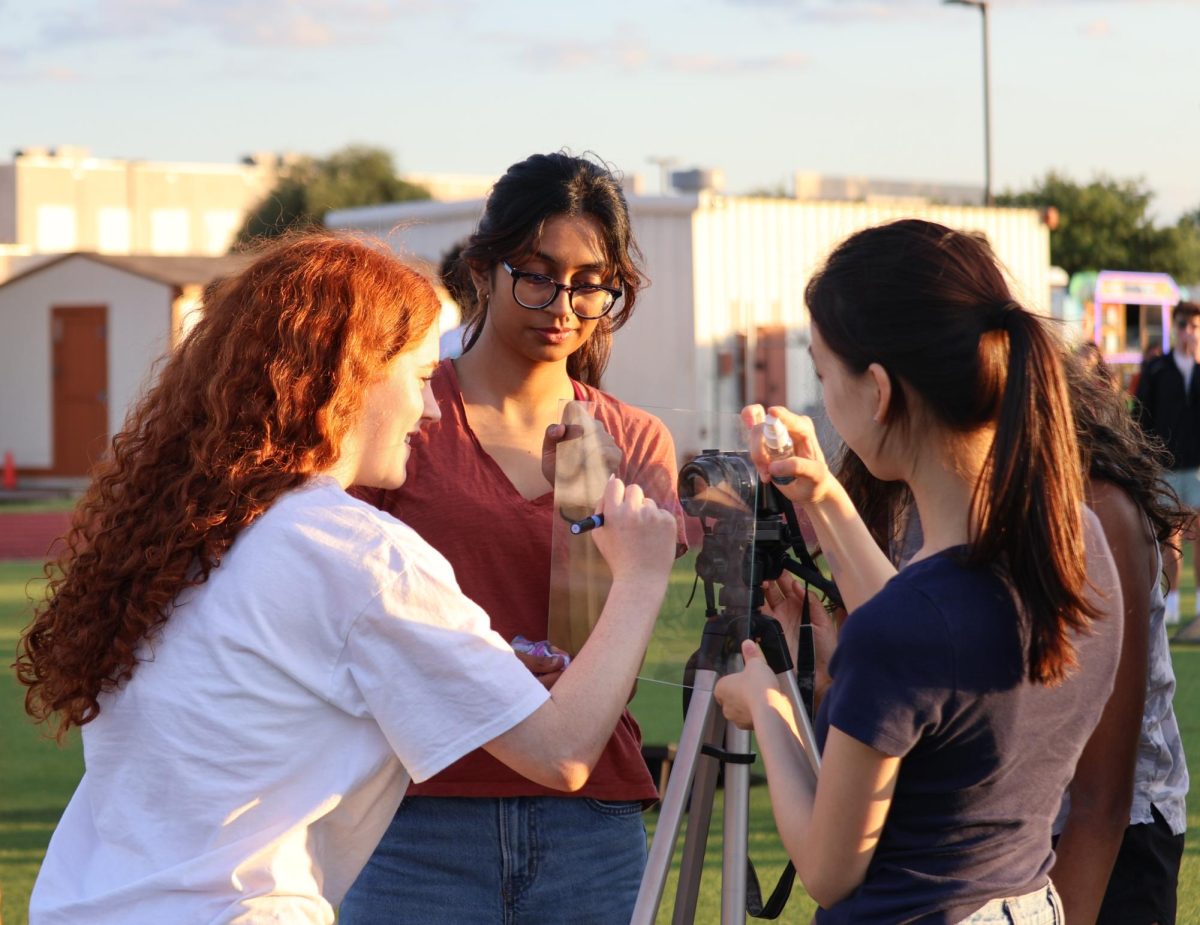
![Holding her plate, Luciana Lleverino '26 steadies her food as Sahana Sakthivelmoorthy '26 helps pour cheetos into Lleverino's plate. Lleverino was elected incoming Webmaster and Sakthivelmoorthy rose to the President position. "[Bailey and Sahiti] do so much work that we don’t even know behind the scenes," Sakthivelmoorthy said. "There’s just so much work that goes into being president that I didn’t know about, so I got to learn those hacks and tricks."](https://westwoodhorizon.com/wp-content/uploads/2025/05/IMG_0063-1200x1049.jpg)

